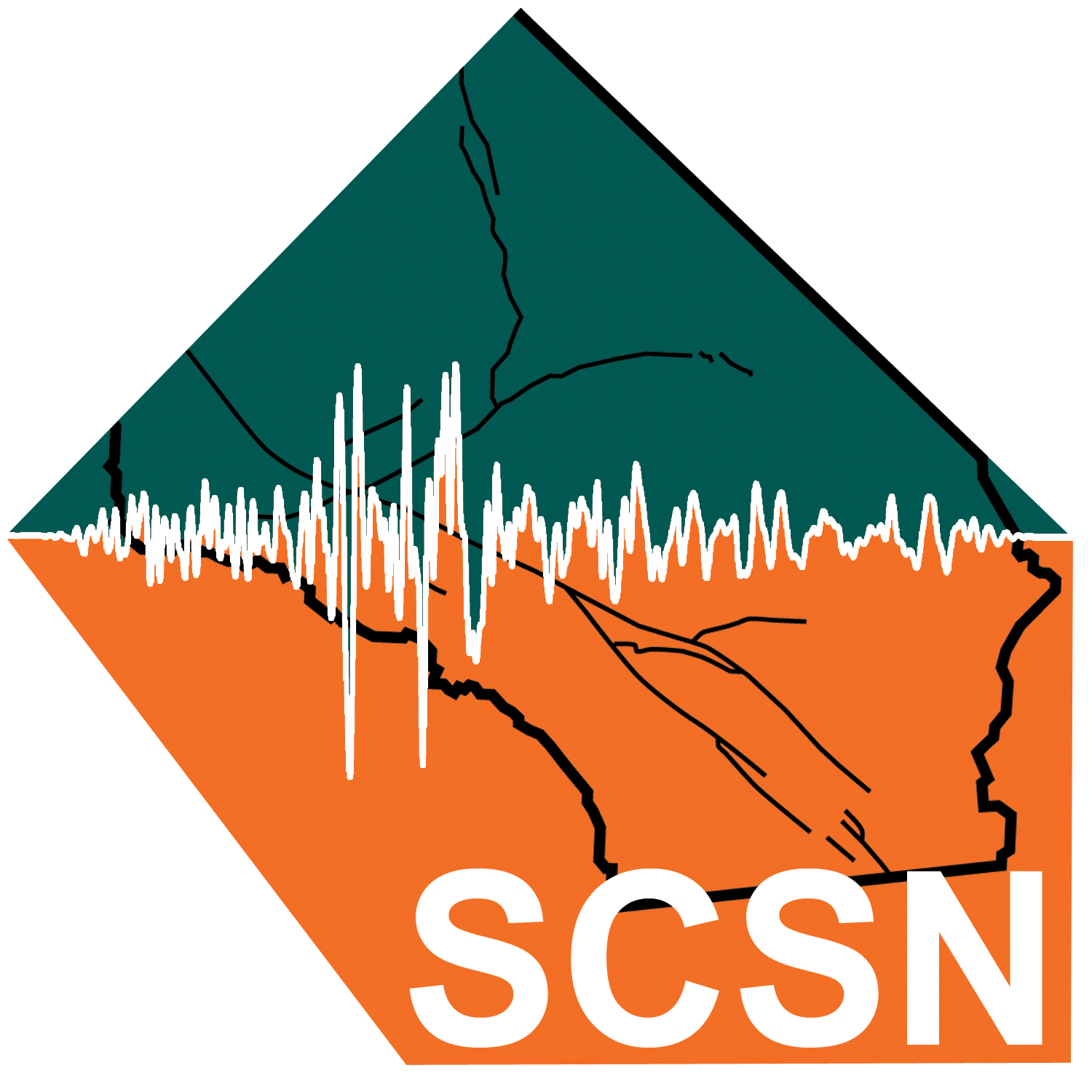FAQ
A Beginner's Guide to Retrieving Data from the SCEDC
Getting Event Information
The SCEDC hosts the catalog of events detected by the Southern California Seismic Network (SCSN). Started in 1932, this catalog is one of the oldest instrumental earthquake catalogs in the U.S. There are many ways to access the catalog. These tutorials show how to get information using the Catalog Search forms on this website.
Tutorial 1: Retrieving Origin Time, Location, Magnitude Information From the SCSN Catalog
We will be looking for information about the Jan 25, 2023 Mw 4.2 Malibu, CA earthquake. This event was felt throughout the L.A. Basin.
- Step 1: Navigate to Search Form
- Step 2: Enter Search Parameters
- Step 3: View Results
- Phases, Focal Mechanisms, Moment Tensors
- Step 1. Navigate to the Catalog Search forms.
From the navigation bar at the top of any web page, click on "EQ Catalogs" and choose the "Catalog Search (1932-present)" item.

You will see the Catalog Search forms. These forms allow you to search by several parameters, such as date, magnitude, geographical area, and more.

- Step 1: Navigate to Search Form
- Step 2: Enter Search Parameters
- Step 3: View Results
- Phases, Focal Mechanisms, Moment Tensors
- Step 2. Enter search parameters into the form.
For this example, we will search by a date and magnitude range. Let's say we remembered it happened in January, 2023 and we knew its magnitude was over 4.

- Step 1: Navigate to Search Form
- Step 2: Enter Search Parameters
- Step 3: View Results
- Phases, Focal Mechanisms, Moment Tensors
- Step 3. View results.
The results are shown below. We know now the time (in UTC), its latitude, longitude, and depth of the hypocenter. We can see other information such as how many station arrivals ("NPH") were used to determine the hypocenter and how many event based waveforms ("NGRM") are available for this event.

Tutorial 2: Searching and Retrieving Event Parameteric Information From the SCSN Catalog
Let's look at more details about the Jan 25, 2023 Mw 4.2 Malibu, CA earthquake.
- Retrieving Phase Arrivals
- Retrieving Focal Mechanisms
- Retrieving Moment Tensors
- Origin Time, Location, Magnitude
- Getting Phase Arrivals from the Catalog Search forms.
The results in the previous tutorial show us that there are phase arrivals for this event. We can use the Catalog Search forms to retrieve them.
- Navigate back to the Catalog Search form and choose the "Event ID" tab.
- Use the eventid you retrieved from Tutorial 1 and "Output Format" = "Hypoinverse 2000".

- The output is in Hypoinverse Phase format. It is meant as input into the HYPOINVERSE
program.
See Advanced Topics
for more information on the Hypoinverse program.

- Retrieving Phase Arrivals
- Retrieving Focal Mechanisms
- Retrieving Moment Tensors
- Origin Time, Location, Magnitude
- Getting Focal Mechanisms from the Catalog Search forms.
SCSN processing also produces focal mechanisms for events. We can use the Catalog Search forms to retrieve them.
- Navigate back to the Catalog Search form and choose the "Focal Mechanisms" tab.
- To retrieve the SCSN focal mechanism for the Malibu event, use the same search
parameters used in Tutorial 1.

- The search result will show the parameters of the mechanism.

- Retrieving Phase Arrivals
- Retrieving Focal Mechanisms
- Retrieving Moment Tensors
- Origin Time, Location, Magnitude
- Getting Moment Tensors from the Catalog Search forms.
SCSN processing also produces moment tensors for events. We can use the Catalog Search forms to retrieve them. The process is very similar to retrieving focal mechanisms.
- Navigate back to the Catalog Search form and choose the "Moment Tensors" tab.
- To retrieve the SCSN moment tensor for the Malibu event, use the same search
parameters used in Tutorial 1.

- The search result will show the parameters of the mechanism.

Advanced Topics and References
- SCEDC Event Retrieval Methods Complete list of methods to retrieve event information from SCEDC
- Southern California Seismic Network Description of the network, its reporting region and typical station installations
- Compiled annual files of the SCSN Catalog Version controlled annual catalog files. Very useful when using multiple months-years of the catalog.
- Description of SCEDC earthquake catalog format Description of column definitions of earthquake catalog format
- HYPOINVERSE manual The sofware program HYPOINVERSE is used for earthquake location. It is used to by the SCSN and many other ANSS regional seismic networks in the United States.
- SCSN Moment Tensor and Focal Mechanism Catalog at the SCEDC Information about the Moment Tensor and Focal Mechanisms in the SCEDC archive.
- SCEDC Tools A complete list of tools available to access the SCEDC archive.
- More SCEDC tutorials Additional tutorials contributed by SCEDC developers or forks from contributors.






